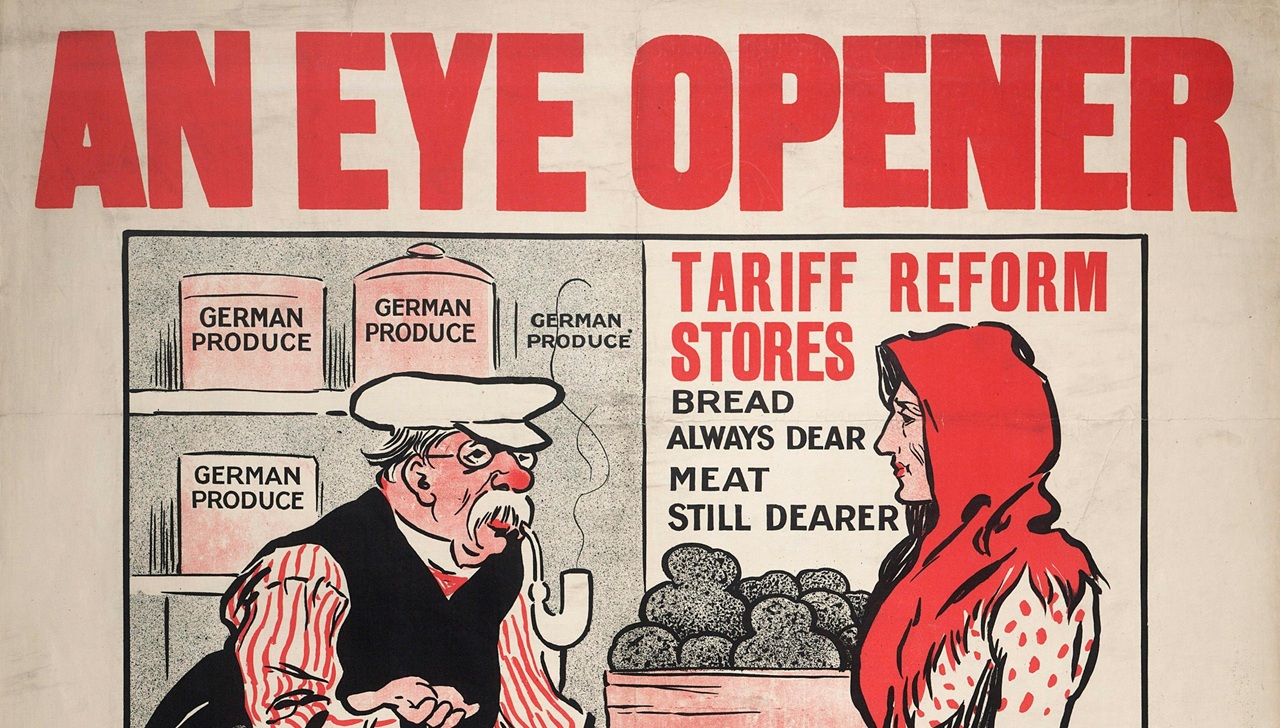These products will cost more because of tariffs

President Trump’s tariffs have come into effect and we will likely start seeing products get even more expensive as companies pass long these costs to consumers.
All goods coming into the country will have a minimum 10% tariff, with some countries seeing higher rates. On April 9th, everything coming from China will have a 54% tariff. It go even higher still, as Trump has said he will add an additional 25% tariff on any country that buys oil from Venezuela!
According to the nonpartisan Tax Foundation, it’s estimated that the average household will pay an additional $2,100 per year for the goods they’re already buying.
In the near term, as companies go through existing inventory, we won’t see immediate price increases. But, as time goes by, the cost of tariffs will be pushed onto consumers as businesses will have no other option. This highlights the importance of tightening up your budget so you don’t overspend. These https://wallethacks.com/best-absolutely-free-budgeting-apps-for-year/ may help.
Here’s what will get more expensive:
All Electronics

We get most of our electronics from other countries – notably China, Vietnam, and Taiwan. All were hit with sizable tariffs and it’s expected that all consumer electronics will get more expensive. Everything from laptops to cell phones to LED light bulbs. Cars, which are basically computers with wheels, will also see a price increase due to increased electronics costs.
Alcohol

Scotch, Irish whisky, French and Italian wines are all products in Europe. The European Union will be facing a 20% tariff by the United Kingdom gets a modest 10% tariff. Importers of those products will face rising tariffs and have no choice but to pass along those increases. If you think domestic producers are cheering, reciprocal tariffs are like to hurt their business too.
Clothing & Footwear

According to to a 2024 report from the American Apparel & Footwear Association, over 97% of all apparel and shoes in the United States is imported. One of the major suppliers is Vietnam, which the Trump Administrator slapped with a 46% tariff.
Furniture

Would it surprise you to learn that 30% to 40% of all furniture sold in the United States is made abroad? If you’ve ever talked to a local carpenter about buying dining room furniture, you’ll realize why so much of it is imported from countries like China and Vietnam. The products you can get locally may be of exceptional quality but they come as such a high price. IKEA is popular not because of its durability but because of price.
Toys

As you’d expect, billions of dollars worth of toys are imported each year from China and Taiwan. The Toy Association estimates that nearly 80% of all toys sold in the United States come from China. As a father to four kids, a quick scan of our disaster of a living room confirms that much of it comes from outside the United States.
Coffee

Coffee had already gotten more expensive the last six months because of inflation, now tariffs are set to make them go up even more. According to the US Department of Agriculture, the United States imports 80% of its coffee beans from Latin America. Brazil and Colombia, two major suppliers, are set to face a 10% tariff.
Chocolate

We get much of our chocolate from Latin America as well. Cocoa beans are a major import and are sourced from countries like Cote d’Ivoire (21% tariff) and Ecuador (10% tariff). If you want to get more of that rich sweet chocolate, expect to pay more for it.
Other Posts You May Enjoy:
What consumer confidence at 12 year lows means for you
Every month, the Conference Board surveys Americans and produces a Consumer Confidence Survey that details how Americans feel about their…
10 Ways to Protect Yourself Against a Recession
In early April, Goldman Sachs raised its forecast of a U.S. recession in the next 12 months to 45%. J.P.…
OnePay: New Account $125 Bonus
OnePay has a cash bonus offer when you open an account through Rakuten and make a direct deposit. See the terms of this offer and how it compares with others.
Best Free Online Streaming Services for 2025
If you’ve already cut your cable, congratulations on taking advantage of big savings provided by free streaming services! If you…

About Jim Wang
Jim Wang is a forty-something father of four who is a frequent contributor to Forbes and Vanguard’s Blog. He has also been fortunate to have appeared in the New York Times, Baltimore Sun, Entrepreneur, and Marketplace Money.
Jim has a B.S. in Computer Science and Economics from Carnegie Mellon University, an M.S. in Information Technology – Software Engineering from Carnegie Mellon University, as well as a Masters in Business Administration from Johns Hopkins University. His approach to personal finance is that of an engineer, breaking down complex subjects into bite-sized easily understood concepts that you can use in your daily life.
One of his favorite tools (here’s my treasure chest of tools, everything I use) is Empower Personal Dashboard, which enables him to manage his finances in just 15-minutes each month. They also offer financial planning, such as a Retirement Planning Tool that can tell you if you’re on track to retire when you want. It’s free.
Opinions expressed here are the author’s alone, not those of any bank or financial institution. This content has not been reviewed, approved or otherwise endorsed by any of these entities.
